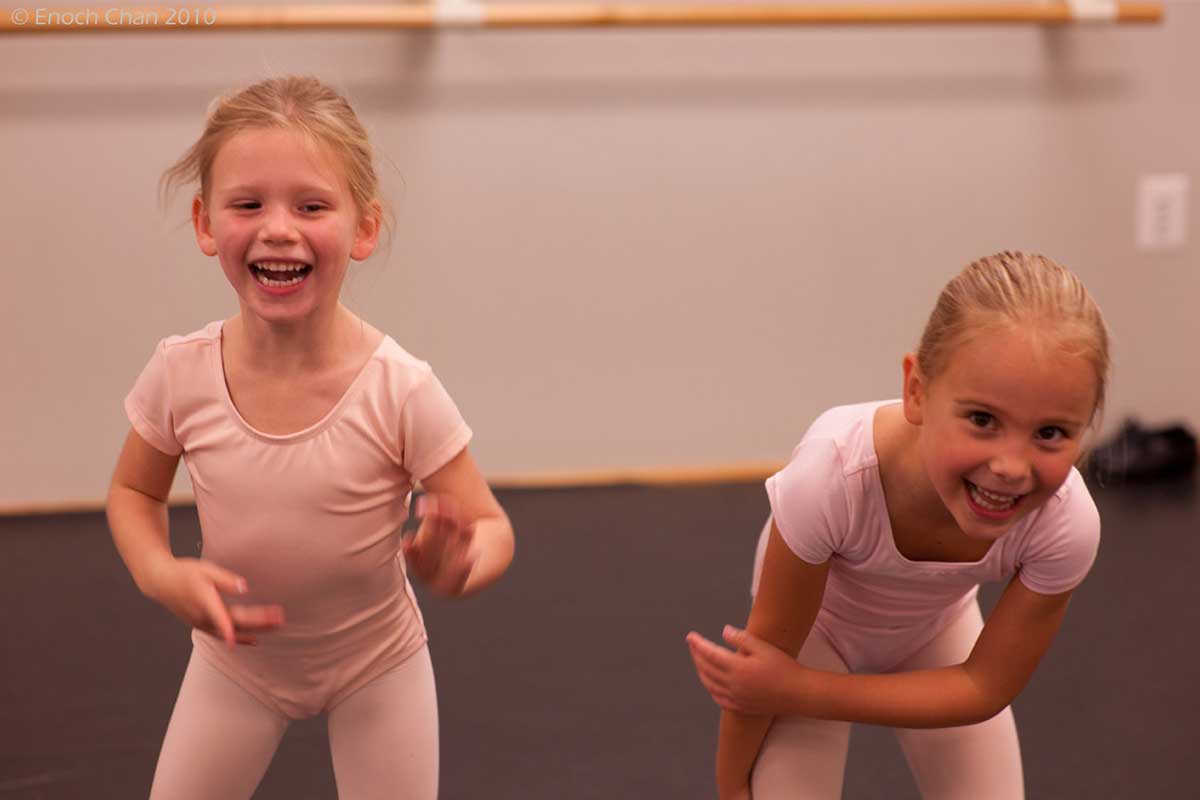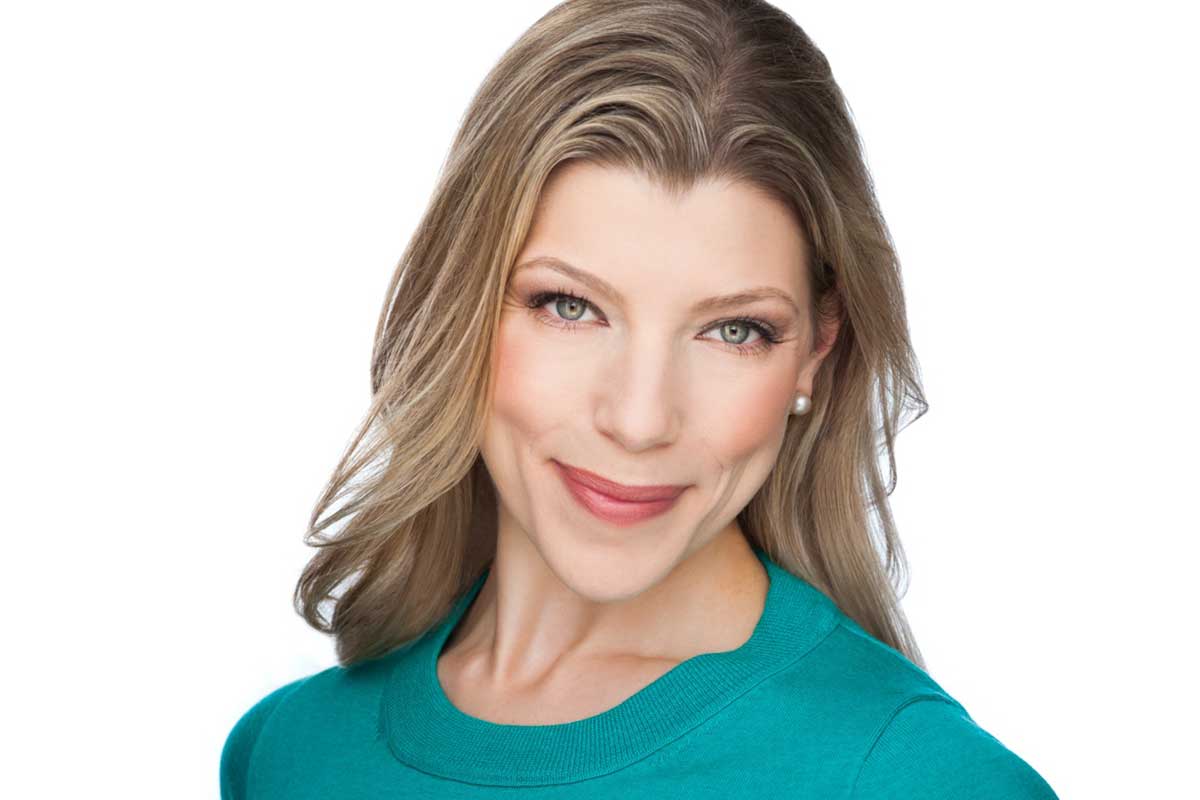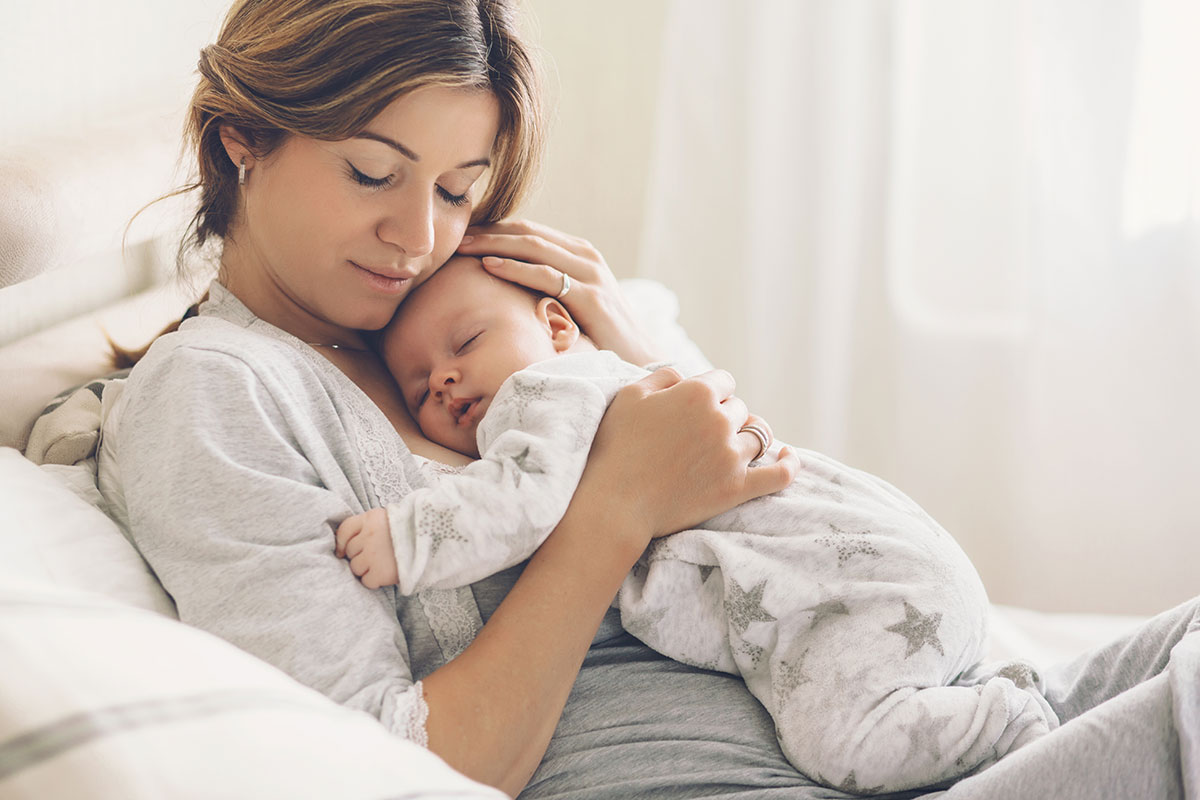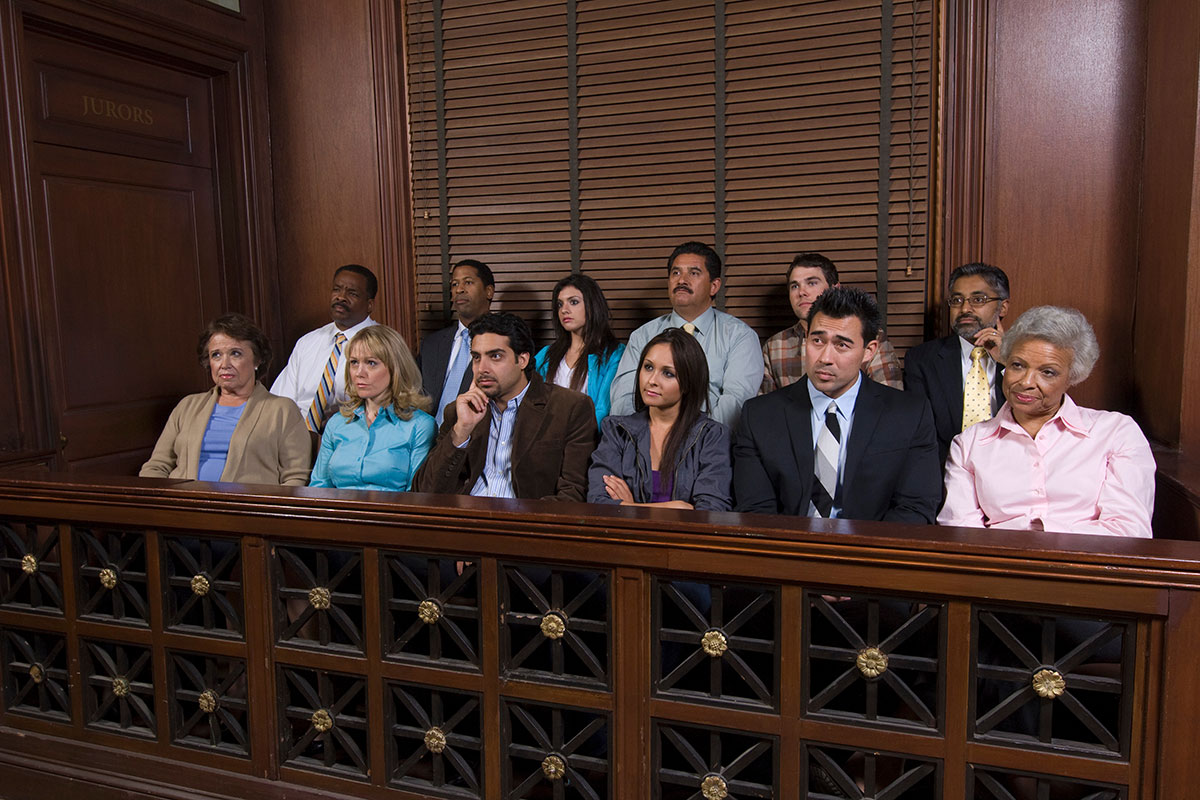
There’s no doubt about it, children love to dance. Many ask to take lessons at a young age, just like they ask to play soccer or T-ball. But choosing your kid’s early childhood dance education is one of the most important decisions you can make as a parent in the performing arts.
We asked Melissa Dobbs, founder and executive director of the acclaimed Metropolitan School of the Arts in Alexandria, to share her expertise and advice for local parents looking to enroll their little ones in a dance program. Over the past 20 years, Dobbs has taught over 10,000 children how to dance.
Share some benefits of dance classes for young children.
Physically, dance provides children with a form of cardiovascular exercise, balance, flexibility, coordination and stamina. Neurologically, dance is proven to provide a foundation for a lifetime of higher-level critical thinking, problem-solving, emotional intelligence, creative confidence, increased endorphin levels and memory retention. Through age-appropriate, early childhood dance education, children learn to find the connection between music and movement. Additionally, they learn to make friends through working as a group within their community. Not to mention, they get to wear costumes and have fun!
How do parents know if their child is ready to start dance classes?
A child is ready for dance class when they demonstrate a natural interest, or when a parent sees that they are ready to participate in a group activity. Some classes allow parents to dance alongside the child, in which case it should be introduced at the youngest age possible. In my opinion, children are born ready to dance. Dance class helps children form the technique behind their natural abilities and talents.
What are some key traits of a high-quality early education dance program?
Dance class should be magical and inspiring and instill a love for the performing arts. In my opinion, young students should never be asked to participate in dance competitions. Young children should only be exposed to age-appropriate content, curriculum and costumes, and all dance classes should incorporate a music education component.
What qualifications are needed for dance teachers?
Dance teachers should be trained educators. They must be properly educated in psychology as well as the physical development and emotional health of young children. Children must leave the class smiling, joyful, inspired and wanting to come back.

How much do early childhood dance classes typically cost in the Northern Virginia region?
Most early childhood students participate in dance class once a week. Costs range from $65 per month at a local recreation center to $125 per month at a pre-professional school.
How many students should be in a beginner dance class?
While there is a benefit to very small class sizes, especially for young teachers, an experienced teacher is fully capable of effectively captivating the attention of as many as 12-15 students per class with qualified teaching assistants.
Should dance studios have windows for parents to observe classes? There seems to be conflicting views.
Absolutely, yes. Parents should have full access to watching and observing their children. Viewing windows allow parents to observe progress, student-teacher chemistry and above all else, enjoy the happiness their child experiences while dancing! If a teacher can actively engage a class, the student’s focus will be on the teacher. Additionally, an open-window policy prepares students for the stage, where they will always have an audience.
What should parents look for in the physical space (i.e. flooring, walls, barres, etc.)?
In order to practice dance safely, the floors must be sprung with an appropriate covering: marley for ballet and jazz, wood for tap dance. Studios should also have floor-to-ceiling mirrors and barres available for use. The space of the studio defines a student’s experience. Students are more likely to practice extraordinarily when rehearsing in a high-quality space.
Do you have any additional advice for parents?
Take a look at the quality of the older students at the school you choose. Be sure that the classwork, performances, costumes and teaching ethos aligns with your values and morals. In many cases, this decision is the foundation of many years to come.
Want more family content? Subscribe to our weekly newsletter.




